





Pulmonary hypertensia
General characteristic of a disease
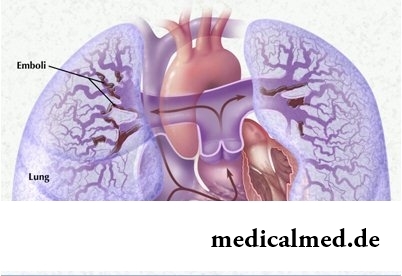
Pulmonary hypertensia is a disease of an unknown etiology which does not correspond to cardiac or pulmonary pathologies at all. Primary pulmonary hypertensia is characterized by increase in pulmonary pressure that, in turn, leads to narrowing or full closing of a gleam of averages and small pulmonary vessels. Effects of a disease are: tendency to a thrombogenesis, emergence and development of a pulmonary heart, heart failure.
Secondary pulmonary hypertensia which treatment has to be carried out along with treatment of a basic disease is a consequence of heart diseases, pulmonary diseases and some other states. Both forms of a disease strike women (7 of 10 registered cases) more often.
The main reason for a disease – chronic diseases of lungs and heart diseases. An exception is primary pulmonary hypertensia which develops without any visible reason.
Pulmonary hypertensia - disease symptoms
The most precursory and most characteristic symptom of pulmonary hypertensia – severe short wind from insignificant exercise stresses. Often it is shown even at rest. Among other symptoms of a disease It should be noted:
- weakness, fatigue;
- the faints arising because of a vasospasm;
- heartaches;
- pneumorrhagia;
- often at patients hoarseness of a voice is observed.
Let's note that usually symptoms of pulmonary hypertensia are expressed quite poorly therefore the final diagnosis is made only after full inspection of lungs and heart of the person.
Degrees of pulmonary hypertensia
Classification of stages of a disease which you will find below was offered by the World Health Organization (WHO) and now is standard among doctors from the different countries of the world.
I – exercise stresses do not cause an asthma, weakness and other symptoms of a disease;
II – physical activity is limited – pulmonary hypertensia at children and adults is followed by a small asthma, weakness, pains in a thorax, dizzinesses;
III – physical activity of patients is considerably reduced – pulmonary hypertensia which symptoms at this stage are usually brightly expressed, leads to dizzinesses, thorax pains, severe short wind;
IV - patients cannot transfer even small exercise stresses, an asthma is present and at rest, the person feels strong discomfort and constant pains.
Pulmonary hypertensia – treatment and forecasts
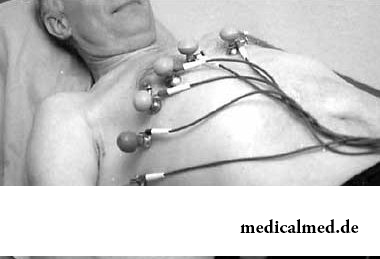
Irrespective of degree of pulmonary hypertensia, patients with alarming symptoms have to be inspected in cardiological department for the choice of therapy and specification of nature of a disease. During the recovery actions to the patient correction of cordial activity is carried out, and also special drugs which influence normalization of pulmonary pressure are selected.
Coagulability of blood is a one more unpleasant complication by which pulmonary hypertensia is followed. Treatment of similar changes consists in correction of adverse symptoms and constant tracking of a condition of the patient. At the expressed respiratory insufficiency the urgent oxygen therapy is carried out.
After an extract has to follow from a hospital of people to all recommendations of the attending physician and accept maintenance doses of various drugs. Besides, to it appoint a special diet and the individual plan of exercise stresses, and also the schedule of compulsory vaccination against flu and pulmonary infections.
If primary pulmonary hypertensia continues to develop, despite use of a conservative technique of treatment, doctors have to consider about expediency of surgical intervention, namely – transplantations of a cardiopulmonary complex or lungs.
Pulmonary hypertensia at children
Situations when blood vessels of the newborn are narrowed for any of several reasons, are very dangerous as leads restrictions of a blood flow through tissues of lungs to reduction of amount of oxygen in an organism and poses a serious threat for life. It means that pulmonary hypertensia which symptoms are most often shown at postmature children demands urgent treatment under observation of experienced specialists. It is also possible to refer to the risk factors provoking developing of a disease at children uncontrollable reception by mother of the child of high doses of antibiotics, aspirin and indometacin. Primary pulmonary hypertensia often is found in children of the first year of life together with others of a disease of respiratory system, for example, of pneumonia or a syndrome of aspiration of meconium.
Caries is the most widespread infectious disease in the world to which even flu cannot compete.

The climax, or menopause is the normal process of the termination of genital function of the woman which is followed serious hormonal...
Section: Articles about health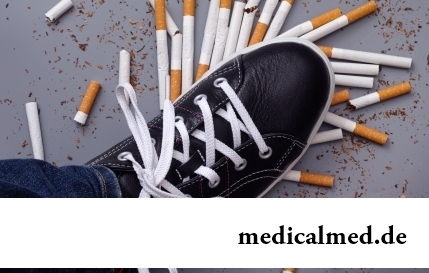
Deciding to get rid of an addiction, not all imagine what effects it is necessary to face. Process of refusal of smoking causes quite essential discomfort in most of people: differences of mood, sleep disorder, fatigue, decrease физич...
Section: Articles about health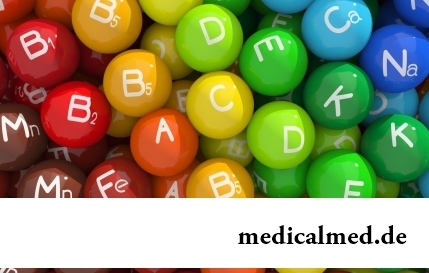
Vitamin complexes belong to the most popular drugs, probably, in our country there is no person who was not hearing about advantage of vitamins and never their accepting. The more vitamins, the better, we consider and as it appeared, cruelly we are mistaken. Whether vitamins, whether so harmlessly general hobby for polyvitaminic complexes and whether it is possible to do without them are so useful? Let's try to understand....
Section: Articles about health
Heart disease and blood vessels lead to disturbance of blood supply of bodies and fabrics that involves failures in their works...
Section: Articles about health
Bathing in broths of medical flowers and plants (phytobathtub) was eurysynusic since Cleopatra who is a good judge in all that concerns beauty and health. And today phytobathtubs is the simple and available means allowing not only to remove nervous N...
Section: Articles about health
The nature does not stand stagnation and monotony. It is known that tissues of a human body atrophy if do not receive necessary loadings. It fully belongs also to a cerebral cortex: when it is not given full-time job, it begins to function worse. As a result memory decreases, the person becomes less bright, acquires information more slowly, hardly switches from one thought to another. There are problems at work, difficulties with communication and career development. These it is unpleasant...
Section: Articles about health
Within several decades of our compatriots convinced that the use of butter nasty affects on...
Section: Articles about health
80% of women at least once to lives complained of discomfortable feelings to breasts, consolidations and nagrubaniye. These are mastopathy symptoms. The mastopathy is characterized by change of a ratio between ferruterous and connective tissue tissues of mammary glands. It can bring...
Section: Articles about health
Women quite often suffer from complexes concerning the sizes of the bust. Strangely enough, not too modest, and excessively curvy shapes become the reason of sincere discomfort sometimes. Except psychological problems, the big bust sometimes creates also quite notable malfunctions with health: his owner can feel muscular dorsodynias, feeling of constant fatigue and difficulty of breath. Over time excess loading leads to development of diseases позвоночн...
Section: Articles about health
For anybody not a secret that our country is one of the most "drinking" in the world. At clear understanding of that the use of strong...
Section: Articles about health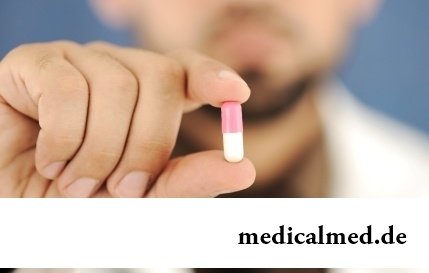
The drugs stopping or oppressing life activity of pathogenic microorganisms are widely applied in clinical practice from 40th years of the last century. Originally antibiotics were called only substances natural (animal, vegetable or микробног...
Section: Articles about health
Life does not indulge the modern woman special emotional comfort and carelessness. The fatigue, troubles at work, misunderstanding in a family and various illnesses immediately affect a condition of hair and skin. And there is a wish to look safe and attractive so! Substantially competently picked up diet can improve situation....
Section: Articles about health
About 10-15 years ago existence of the computer in the apartment of the Russian was considered as a rarity and office rooms were only on перв...
Section: Articles about health
To look healthy and means well-groomed not only to be pleasant to people around, but also to feel strong, sure and taken place. Specialists in the field of cosmetology quite often note that whether not all women are able to look after skin...
Section: Articles about health
Such trouble as the milkwoman's attack, at least once in life happened almost to each woman. Prevalence of a disease is explained by the fact that the causative agent of an illness belongs to the so-called opportunistic microflora living on mucous membranes of any human body and which is becoming more active only under favorable conditions. If you had curdled allocations from a vagina, the itch and burning in external genitals, or painful feelings disturb at sex...
Section: Articles about health
The business lady, the become mother, it is necessary to solve an array of problems. But of them is main: how to combine the beloved child and work?...
Section: Slideshow
The sudden heat on all body which is followed by perspiration and a cardiopalmus – the phenomenon familiar to many people. Most often such states called by "inflows" result from nervous or physical overworks and disappear right after rest. Odn...
Section: Articles about health
Proofs of efficiency of Mildronate at treatment of coronary heart disease with stenocardia can be found in many publications of the end of the twentieth century. Researches were conducted since 1984, including placebo - controlled effects. In total clinical tests of Mildronate were carried out for more than thirty years....
Section: Articles about health
All are familiar with cold, and practically everyone believes that he has sufficient knowledge and experience that correctly to treat it. N...
Section: Articles about health
The thought that the mass of their body is too big at least once in life visits from 80 to 95% of women. Many women are so obsessed with this idea that constantly try all new and new ways of weight reduction. Considerable part of these method...
Section: Articles about health
The immunity role in growth of the child is invaluable. The proteins-immunoglobulins produced by immune system preserve the child against the diseases capable − owing to an organism weak still − to serve as a stressful factor, to become the reason of many complications and delays in development of the kid. If the immune system weakened, health of the child is under direct threat and needs active actions for strengthening of protective forces of an organism − preferably non-drug....
Section: Articles about health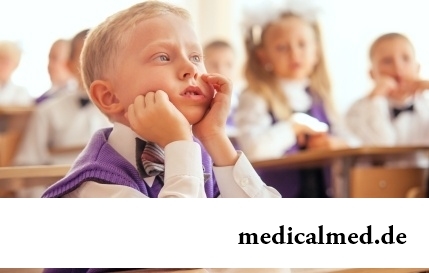
Since the moment when the child becomes a school student, his sight begins to be exposed to the strengthened loadings which are supplemented viewing...
Section: Articles about health
Beauty shop – the place which is associated only with positive emotions: joy, pleasure, relaxation. However visit of salon where work with biological material of clients, not always harmlessly is conducted. Today it is known Bol...
Section: Articles about health
The stroke is one of the most widespread diseases of the person, annually in the world about 6 million cases of this pathology are registered. According to medical statistics, strokes occur almost three times more often than myocardial infarctions. The disease belongs to heavy, and has an unfavourable result: the lethality reaches 40% among women and 25% among men. A considerable part of the patients who endured a stroke cannot be recovered completely. We suggest readers to examine...
Section: Articles about health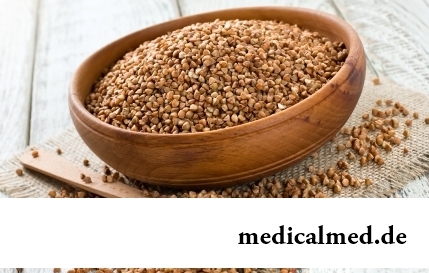
History of cultivation of a buckwheat contains more than five thousand years. Grain which is received from this plant is used for пригото...
Section: Articles about health
Life of the modern child is extremely active and difficult. Information strain which is experienced by the school student and did not dream pupils of last times. Careful parents, wishing well to the children, will organize a set of additional classes in circles, sports...
Section: Articles about health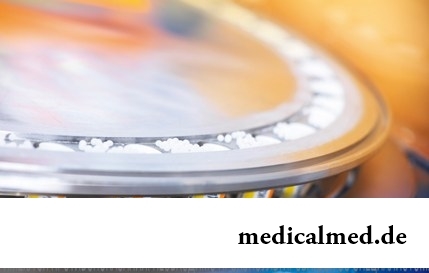
For the help to doctors in the choice of optimal solutions for treatment of various diseases the Cochrane scientific organization (Cochrane) conducts joint researches with representatives of scientific community around the world. The analysis of a series of the conducted researches of the drug Oscillococcinum® relating to group of cold remedies became one of the last methanolyses....
Section: Articles about health
